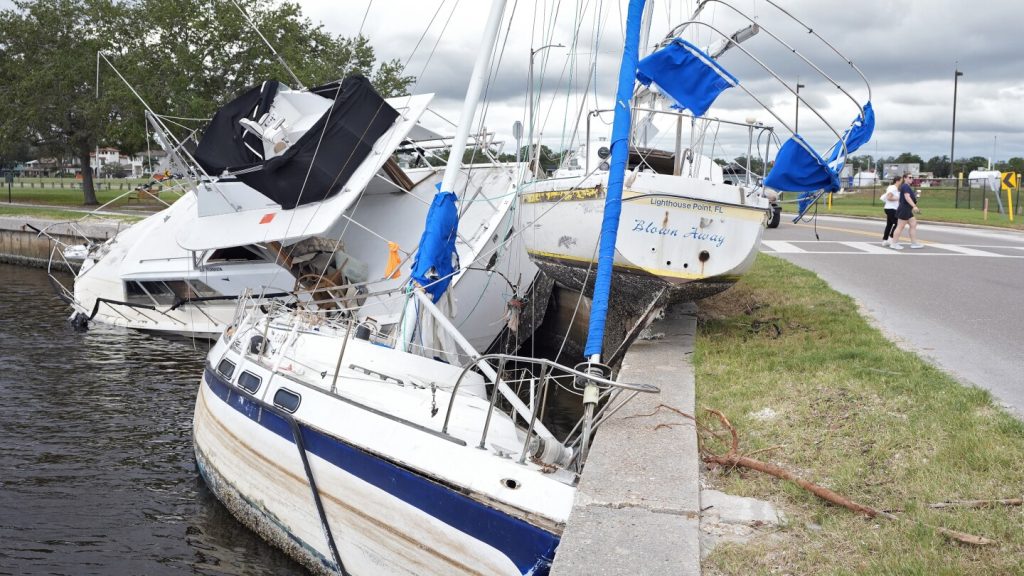A century after the last major storm hit Tampa Bay in 1921, the city is now highly vulnerable to flooding due to climate change and rapid growth. Hurricane Milton is barreling towards the Gulf Coast of Florida, predicted to strengthen into a Category 5 storm. Experts are concerned about the potential devastation this storm could bring, with predicted storm surge of 8 to 12 feet above normal tide conditions and 4 to 6 inches of rainfall. The shallow coastline of the Gulf of Mexico makes the entire Gulf Coast of Florida susceptible to storm surges, with Tampa Bay being identified as the most vulnerable place in the U.S. to storm surge flooding.
The residents of Tampa, having not experienced a major hurricane in over a century, may not be fully prepared for the impact of Hurricane Milton. The area has seen a significant influx of new residents, with tens of thousands of people moving to the region during the COVID-19 pandemic. Many of these new residents have settled along barrier islands near Clearwater and St. Petersburg, making them particularly vulnerable to the storm. Despite past false alarms and near misses, longer-term residents may also be unprepared for a direct hit from a major hurricane, as the area has been largely spared from such storms for centuries. MIT meteorology professor Kerry Emanuel warns that a hurricane in Tampa is the “black swan” worst-case scenario that experts have long feared.
Climate change is also a factor in the potential impact of Hurricane Milton, with rising temperatures, sea levels, and moisture in the air contributing to more intense hurricanes and increased flooding risks. Global climate models predict that hurricanes will likely produce more intense rainfall and higher storm surges due to rising seas. The National Hurricane Center upgraded Milton to a Category 5 storm on Monday, with high water temperatures fueling its rapid intensification. Rising sea levels from climate change also mean that storm surges today would be higher than in past hurricanes like Andrew.
Officials have begun issuing evacuation orders for residents in six counties surrounding Tampa Bay, urging nearly 4 million people to find shelter. Those living in mobile homes, RVs, and manufactured homes that may not withstand the storm are particularly at risk. Florida Division of Emergency Management Director Kevin Guthrie has stressed the importance of evacuating coastal areas, noting that drowning deaths due to storm surge are preventable if people leave. The last time the Tampa area was hit by the eye of a major hurricane was in 1921, and Hurricane Milton threatens to bring significant damage to the now bustling metropolitan area.


